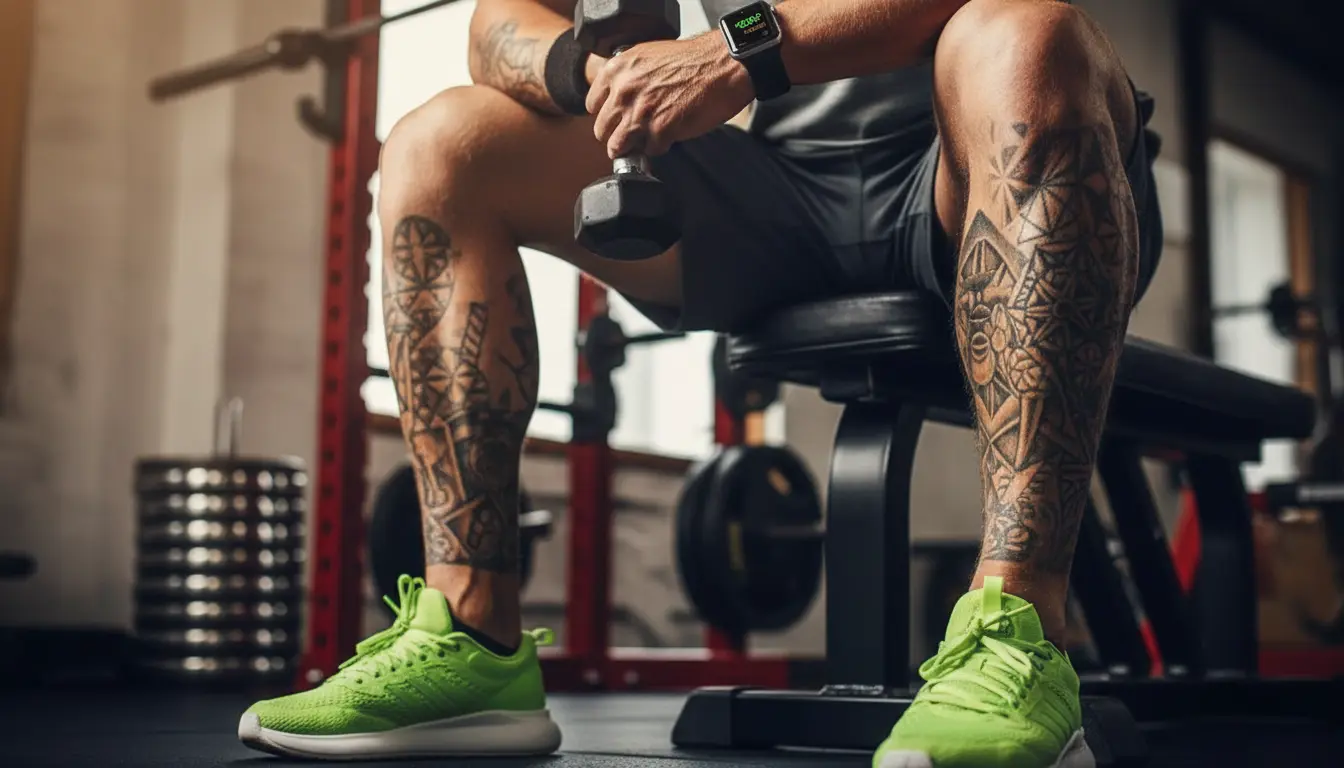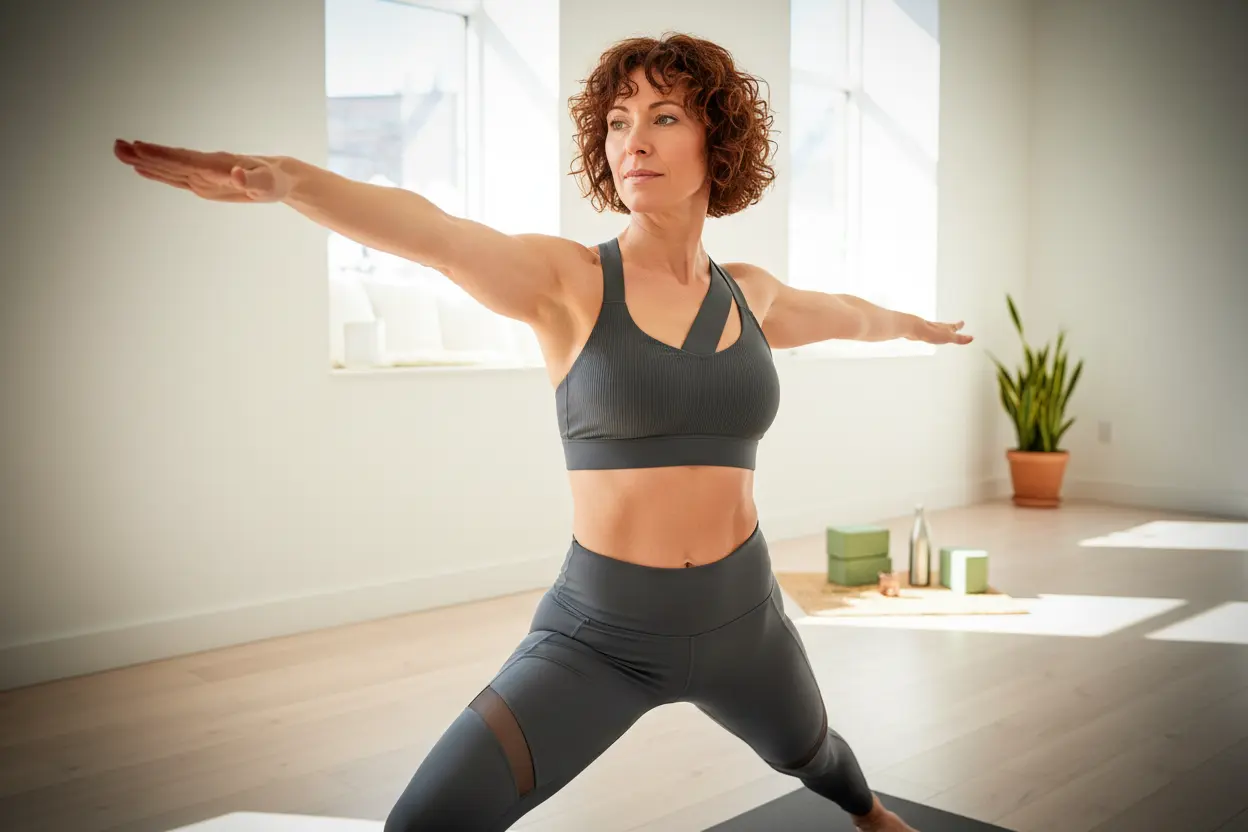It’s easy to think that a brisk walk is the magic bullet for staying healthy after 50. And while getting your steps in is grand—don’t stash your sneakers just yet!—there’s another form of exercise that truly turns back the clock, arms you against age-related woes, and, thanks to a certain clever piece of wristwear, is easier to incorporate than ever. Let’s take a lively look at why walking is good… but this exercise is the real game-changer.
The Limits of Walking: Great, But Not the Whole Story
Walking is, without question, among the simplest and most accessible forms of activity at any age. You can do it almost anywhere, and it comes with a basket of health benefits—boosted mood, healthier joints, happier hearts. Yet, after the big 5-0, something mischievous creeps in: time. Our bodies begin to undergo irreversible changes, and, experts warn, relying on walking alone may not be enough to maintain strong overall fitness.
Let’s get this straight: walking is still beneficial. But if protecting yourself against age-related conditions and truly keeping up your physical abilities is your goal, it may be time to look around the gym—or at least your living room—for another type of workout to do alongside your daily stroll.
The Underrated Power of Strength Training
From age 40 onward, loss of muscle mass is a reality quietly waiting for most. This process doesn’t stop; in fact, it speeds up alarmingly after age 50. The official name, in case you fancy impressing your doctor or dinner party guests, is sarcopenia. Unfortunately, it’s not just a far-off, academic worry: sarcopenia can lead to real-life health challenges such as diabetes, osteoporosis, and arthritis.
According to researchers at the University of Kentucky, countering these effects takes more than hope and a nice pair of shoes. They emphasize: integrating strength exercises into your weekly routine is essential for minimizing these negative changes.
- Strength training builds and maintains muscle mass
- It improves bone density, making you a less likely target for fractures or osteoporosis
- Yes, it may even rejuvenate your genes (science says so!) and reduce the risk of chronic diseases
For those over 50, strength exercises shouldn’t be an afterthought; they should be the star of the show—right up there with veggies and a good night’s sleep. And while you’re at it, keeping up with a balanced diet and healthy habits is crucial (but you knew that already).
The Apple Watch: Not Just Flashy Tech—A True Fitness Ally
All this may sound like a lot, but what if the solution was already sitting on your wrist—more than just a status symbol or snazzy ticker? For anyone looking to improve their physical condition after 50, the Apple Watch is proving to be a game-changer in helping integrate strength training seamlessly into daily life.
- The built-in activity rings already motivate countless users to get up and move regularly.
- Want to maximize those strength sessions? Tap into the Apple Watch’s more advanced features.
- The native Workouts app offers specific tracking for strength exercises, letting you monitor real-time heart rate, duration, and calories burned.
If you’re looking for that tailored, just-for-you touch, third-party apps are here for the rescue. For example, Sworkit Fitness & Workout (which is more advanced, albeit paid) allows users of any age, physical level, and goal to create personalized strength programs right on your wrist—no notepad or paper charts required.
By syncing the Apple Watch with Fitness and Health apps on your iPhone, you can keep a close eye on every aspect of your progress—physical capacity, heart rate, even nitty-gritty health trends. Why is this important? Because it provides the kind of detailed picture you need if you want to keep moving, growing stronger, and staving off those age-related annoyances, no matter how many birthday candles are on your cake.
Conclusion: Your Recipe for Ageless Strength
To sum up, walking remains a valuable ally for your health after 50, but let’s not stop there. Embrace strength training as a mainstay of your routine—your muscles, bones, and even your inner science experiment (a nod to rejuvenated genes!) will thank you.
You don’t need to turn your living room into a gym, nor do you have to spend hours with complicated charts. With tools like the Apple Watch and the right apps, you can track, personalize, and actually enjoy building the kind of strength that keeps you genuinely fit—not just today, but for all your tomorrows. So, next time you strap on those sneakers, maybe add a dumbbell or two—and let your wrist guide the way.

John is a curious mind who loves to write about diverse topics. Passionate about sharing his thoughts and perspectives, he enjoys sparking conversations and encouraging discovery. For him, every subject is an invitation to discuss and learn.






